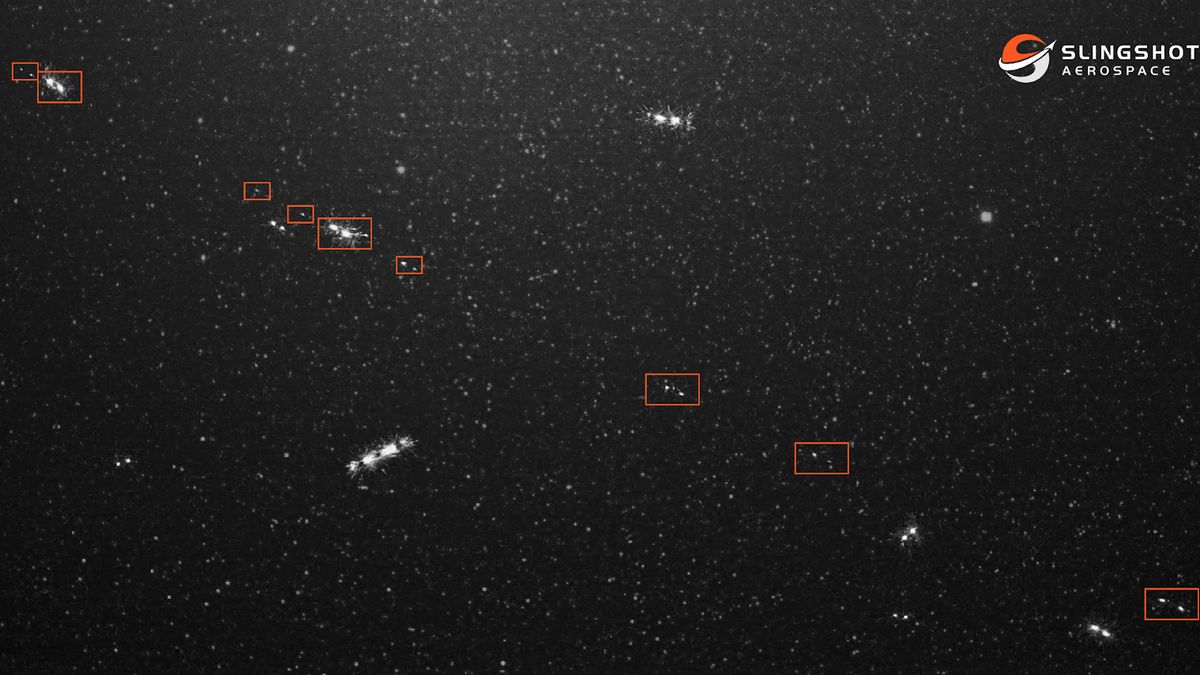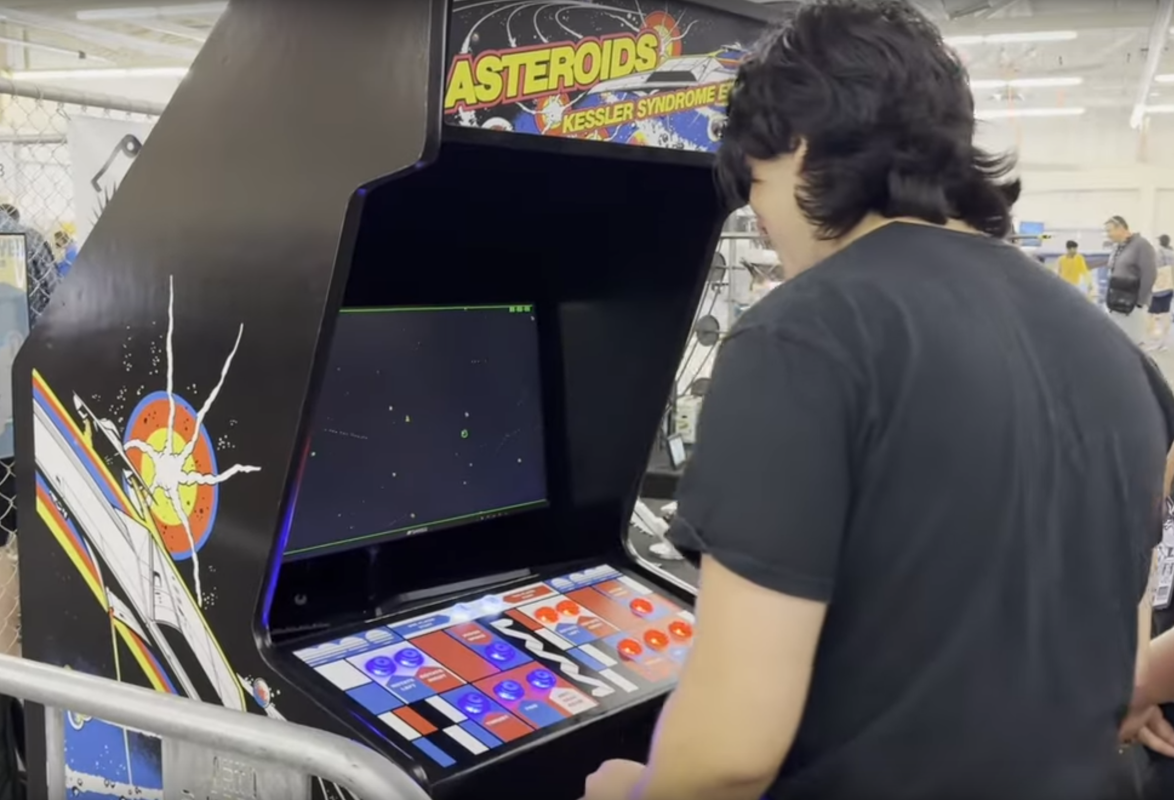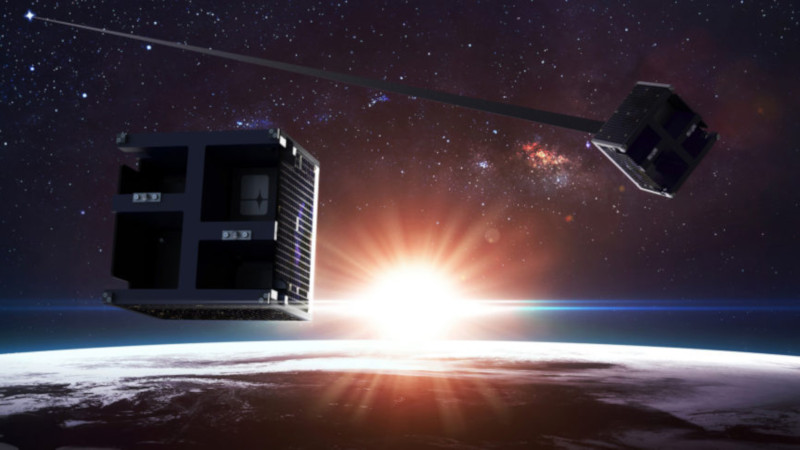"On Tuesday morning (Aug. 6), a Chinese Long March 6A rocket launched the first 18 satellites for the Qianfan ('Thousand Sails') broadband network, which will eventually host up to 14,000 spacecraft."
"The rocket successfully delivered the satellites to low Earth orbit (LEO), at an altitude of about 500 miles (800 kilometers). But its upper stage broke apart shortly thereafter."
"USSPACECOM can confirm the breakup of a Long March 6A rocket launched on Aug. 6, 2024, resulting in over 300 pieces of trackable debris in low Earth orbit."
Wow, 14,000 satellites is a lot. These orbital internet systems involve crazy numbers of satellites. And they've only launched 18 out of 14,000? About 0.12%. And the upper stage of the rocket blew up, yet amazingly all the 18 satellites made it into orbit. But the pieces of the upper stage of the rocket got into orbit, too -- at least 300 such pieces. D'oh!
Chinese rocket breaks apart after megaconstellation launch, creating cloud of space junk
#astronomy #space #spacejunk












